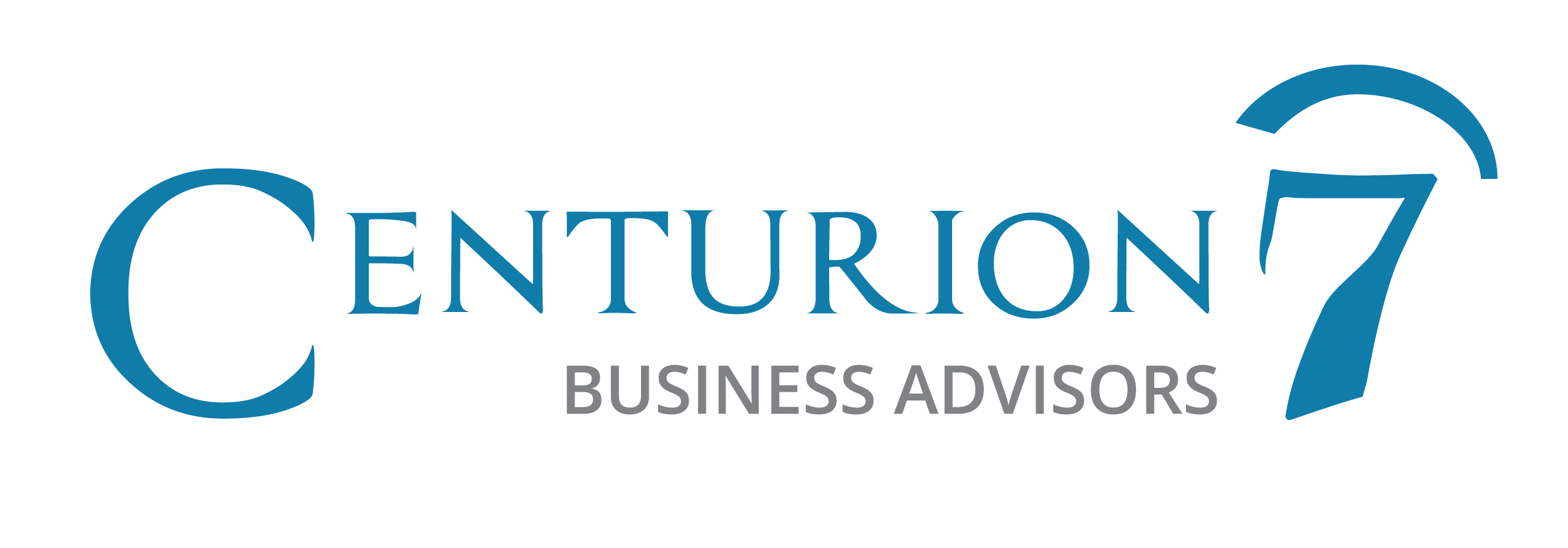 In this article, I will explain the most relevant differences between finance and operating leases under the new standard. I will also explain how those differences can impact a target company valuation if the lease accounting is not properly understood.
In this article, I will explain the most relevant differences between finance and operating leases under the new standard. I will also explain how those differences can impact a target company valuation if the lease accounting is not properly understood.
The Financial Accounting Standards Board (FASB) adopted a new lease accounting standard, ASC 842, which became effective starting in December 2018. Most companies lease some or all of their property, plant, and equipment and, in most cases, the expenditures are sizable.
Under ASC 842, both finance and operating leases report a lease asset and lease liability. Unlike the previous standard, standard measures of financial risk (e.g., debt ratio) are comparable regardless of the type of lease. In addition, under both lease types, the leased asset and liability balances decrease over the life of the lease and total lease-related expenses are the same over the life of the lease. In other words, under the new standard, the lease treatment exhibits temporary (and relatively small) differences on the balance sheet and in the calculation of net income.
However, there are critical differences in the two standards that directly impact the calculation of seller’s discretionary earnings (SDE) and EBITDA, the two most central measures of financial performance in mergers and acquisitions. In addition, gross margins may be skewed depending on the lease type and allocation practices of the target company.
What are the differences in reported income?
- Under a finance lease, the company reports amortization expense (related to the asset) and interest expense (related to the liability). Amortization expense may be allocated to COGS as part of manufacturing overhead or may be reported under SG&A, while interest expense is most likely reported as part of SG&A.
- Under an operating lease the company reports a lease expense. The lease expense may be allocated to COGS or may be reported as part of SG&A.
While reported income is relatively unaffected by the difference in treatment, the expense classification directly impacts SDE and EBITDA because amortization expense and interest expense are typically “add-backs” while lease expense is not. Let me illustrate.
| Company A (Finance Lease) | Company B (Operating Lease) | |||||
| As Reported | Add-Back | Adj. Income | As Reported | Add-Back | Adj. Income | |
| Sales | $10,000,000 | $10,000,000 | $10,000,000 | $10,000,000 | ||
| COGS | ||||||
| Amortization Exp. | ($200,000) | $200,000 | ||||
| Lease Exp. | ($250,000) | ($250,000) | ||||
| Other COGS | ($6,000,000) | ($6,000,000) | ($6,000,000) | ($6,000,000) | ||
| Gross Margin | $3,800,000 | $4,000,000 | $3,750,000 | $3,750,000 | ||
| SGA | ||||||
| Amortization Exp. | ($100,000) | $100,000 | ||||
| Lease Exp. | ($150,000) | ($150,000) | ||||
| Interest Exp. | ($100,000) | $100,000 | ||||
| Other SGA | ($2,000,000) | ($2,000,000) | ($2,000,000) | ($2,000,000) | ||
| Net Income or SDE | $1,600,000 | $2,000,000 | $1,600,000 | $1,600,000 | ||
So what should a professional M&A advisor do?
If not fully understood, this could result in a valuation that is significantly lower under the operating lease. For example, if comparable market transactions suggest a 3× SDE valuation multiple, then Company A would receive a $6.0M valuation while Company B would receive a $4.8M valuation – even though their “real performance” is exactly the same. The only difference is the accounting treatment of their leased assets.
In the example, Company A and Company B both report $1,600,000 in net income. Under both leases, the total lease-related expense is $400,000 per year. Under the finance lease a portion is allocated to COGS (as amortization expense) and the rest is captured under SGA (as amortization and interest expense). Under the operating lease, a similar amount is allocated to COGS (as lease expense) and the remainder is captured under SGA (also as lease expense). However, due to the convention of adding back amortization and interest expense, Company A reports an adjusted gross margin percentage of 40% while Company B reports a slightly lower adjusted percentage of 37.5%. In addition, SDE is $2,000,000 under the finance lease but remains $1,600,000 under the operating lease.
- A professional M&A advisor should fully understand the accounting treatment of any leased assets. This may not be apparent in the company-provided financial statements, but a short conversation with the company’s accountant should provide the information that is needed.
- A professional M&A advisor should understand the impact that lease treatments may have on observed market comparable transactions, especially in capital-intensive industries where leasing may be a common practice.
- In valuation reports and marketing materials, a professional M&A advisor should clearly communicate the role of leases in the company’s capital structure. This will alleviate misunderstandings that may arise in the later stages of negotiation or due diligence.
At the end of the day, some buyers or sellers may not fully understand the impact of lease accounting on company financials. This may lead to misunderstandings and, even worse, incorrectly pricing of the company. If you are planning to sell your company and have substantial leases, it may be wise to consult your accountant and understand where lease-related expenses are reported in your profit and loss statements. If you are buying a company in a capital-intensive industry, consider the impact of lease accounting as you analyze the financials of a target company and communicate your concerns or perspective to the buyer’s advisor.
If both the buyer and seller more fully understand the impact of lease accounting on the company’s financials, the negotiation and due diligence process can go much more smoothly.

